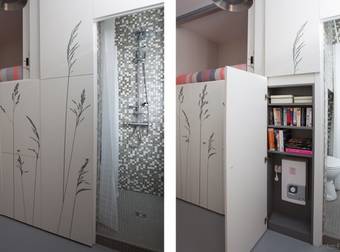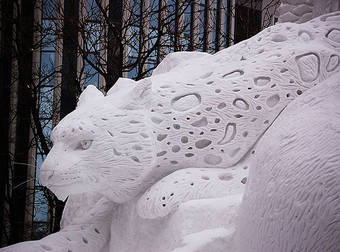After the adventure in the Catacombs, we bring you another Parisian adventure from MessyNessy of MessyNessyChic. This one is admittedly much safer than crawling through the tunnels, but it’s still pretty weird, and also happens to deal with dead people.
The Cemetière de Montmartre sits at the base of Paris’ Montmartre, a hilly area in the northern part of Paris known for its church, the domed Sacré Coeur. It’s also known for its rich artistic history. But there’s a small, often overlooked area that speaks to the ever-changing urban landscape, and makes for a strange scene. At the base of Montmartre, there’s a bridge.
It’s modern and fairly utilitarian, painted blue, and nothing particularly special. However, under the bridge, there’s an unexpected surprise.
The cemetery dates back to the days of the French Revolution, and was used as a mass grave. After that, the cemetery, which was installed below ground level in a hollow gypsum quarry, became the final resting place of artist Edgar Degas as well as members of the wealthy 19th century Paris society. They paid a lot of money for the plots, and found them appealing because their place on the hill gave their family names a regal flair.
However, things didn’t exactly go as planned. Baron Haussmann, who renovated huge areas of Paris into how we know it to look today, wanted to create a road that would allow greater access between Montmartre and the rest of the city. The original construction plan would require moving the graves, but the families protested. In 1867, after some time of protest, Haussmann managed to get his way and the bridge went up. Now, the graves, many of them complex mausoleums that look like miniature churches, remain under the bridge.
It might seem like a case of blatant disrespect for the dead, but the result, as MessyNessy notes, is actually quite interesting, and creates a striking image of the old and the new.
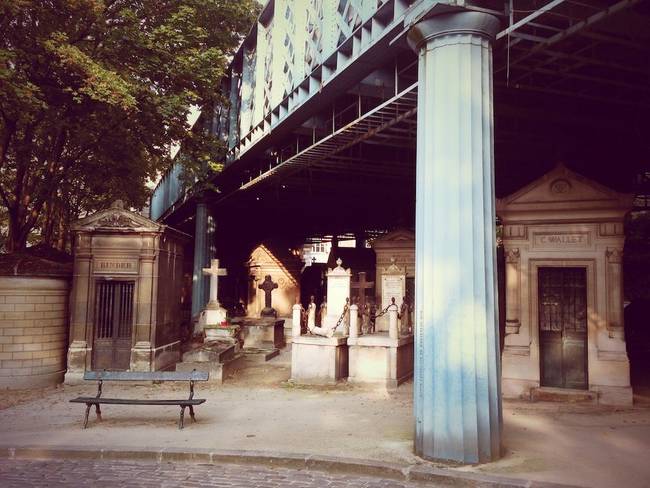 share
share
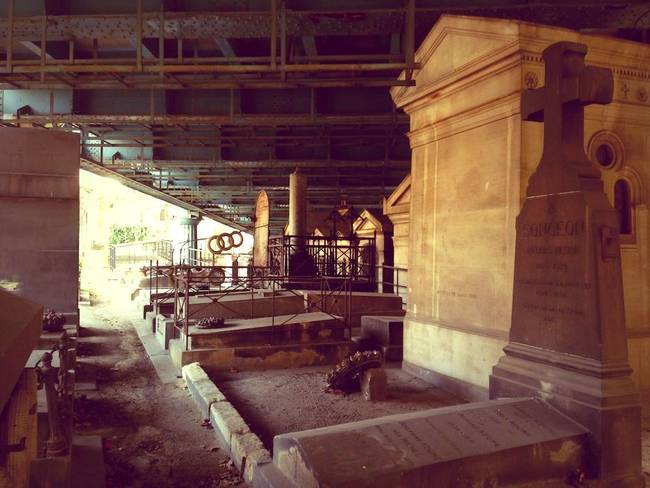 share
share
 share
share
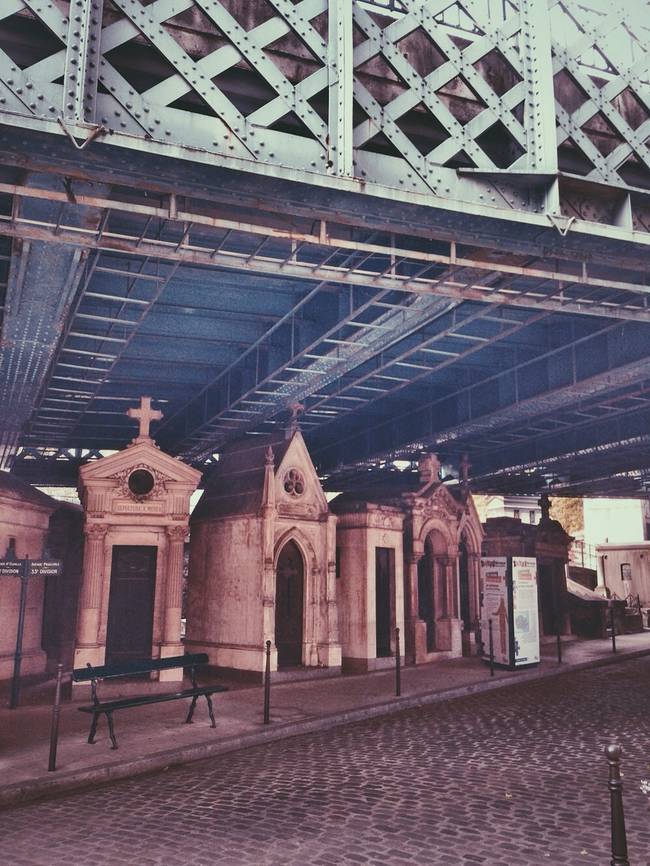 share
share
 share
share
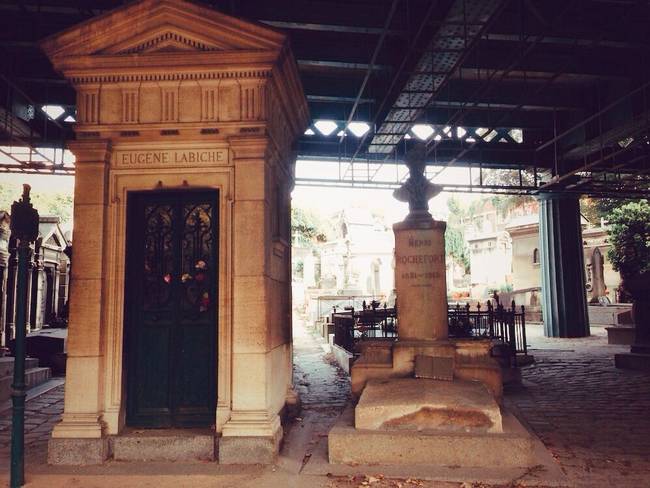 share
share
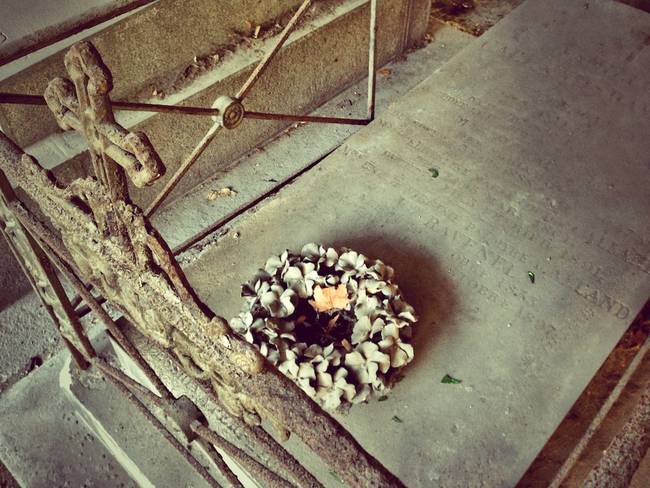 share
share
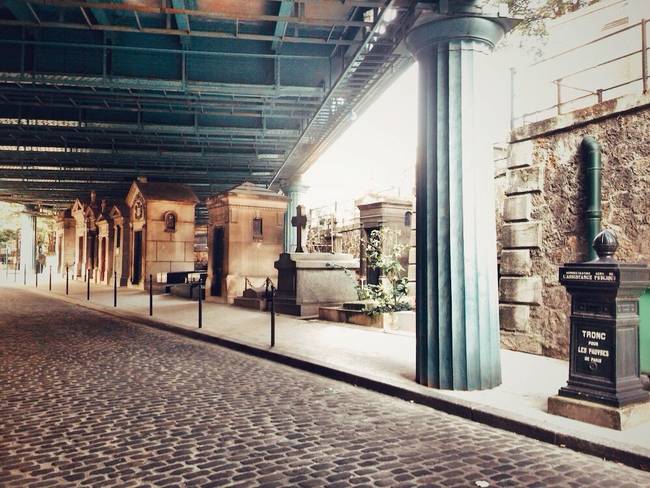 share
share
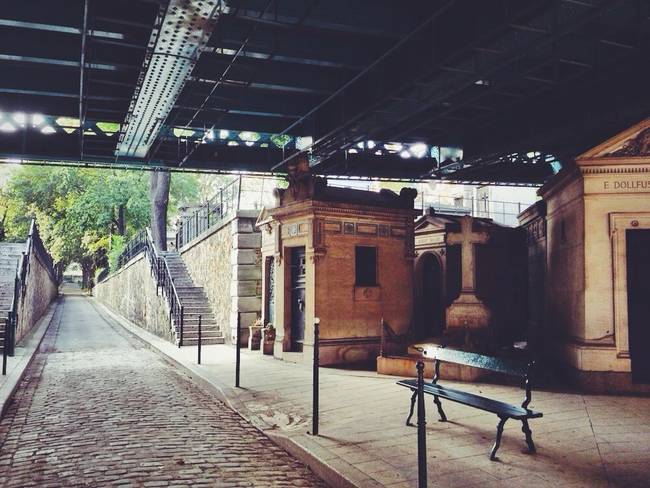 share
share
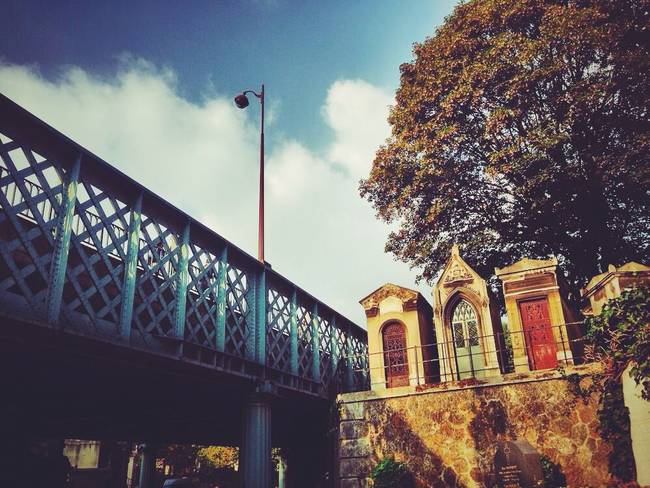 share
share
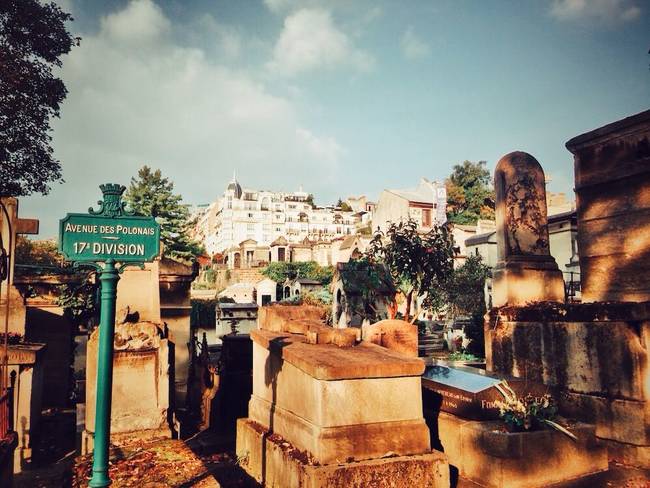 share
share

